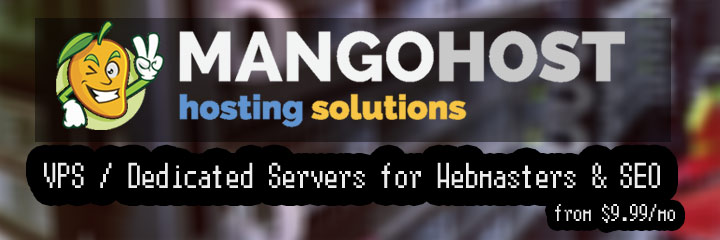
 Get the solution ↓↓↓
Get the solution ↓↓↓
I am passing array to controller by ajax. Controller is accessing array and return response successfully. But I want that when controller get array it return different view(suppose A.blade.php) and I can use that array in A.blade.php.
I have seen many replies like usewindow.location="url" insuccess:function(){} but it will only go to view without array.
Only purpose is to pass array to controller and controller return another view with array and i don't need of response.
AJAX function
$(function(){
$('#but').click(function() {
alert("Button Click");
;
$.ajax({
type: 'get',
url: '/suck',
data: {arr},
success: function( data ) {
document.getElementById("p").innerHTML =data;
},
error: function(xhr, status, error) {
alert(error);
},
dataType: 'text'
});
});
});
Controller
public function getAjax(Request $req)
{
$input=$req->all();
// Here I want when controller access array it return another view with array and no need of response
return response()->json($input);
}
Routes.web.php
Route::get('/suck',[ajaxcontroller::class,'getAjax']);
Based on your comments, you could dynamically create a form and add the array you want to a hidden element. Then submit the form.
Untested code:
$(function()
{
$('#but').click (
function()
{
var myArray = [];
var myJson = JSON.stringify(myArray);
var myForm = $(document.createElement('form'));
$(myForm).attr("action", "/url/to/controller");
$(myForm).attr("method", "POST");
var input = $("<input>").attr("type", "hidden").attr("name", "myArray").val(myJson);
$(form).append($(input));
$(form).submit();
}
);
}
);
To send an array from view to controller and from controller to other view: First create a form and use onsubmit attribute
<form id="myid" action="/go" method="post" onsubmit="submitForm(event)">
@csrf
<input type="submit" value="submit">
</form>
Then write function for onsubmit
<script type="text/JavaScript">
function submitForm(event){
var arr=["Tile","Desk","Door"]; // Array which has to pass to controller
var i;
for(i=0;i<arr.length;i++){ // create and append arr.length times
var input = $("<input>").attr("type", "hidden").attr("name", "myArray["+i+"]").val(arr[i]);
$(myid).append($(input)); // append to form
}
this.submit();
}
</script>
Routes
Route::post('/go',[subcontroller::class,'getArray']);
In Controller
class subcontroller extends Controller
{
public function getArray(Request $req)
{
$arr=$req->get('myArray');
return view('viewName',['set'=>$arr]);
}
}
In blade.view, access array as
@foreach($set as $item)
<div>{{$item}}</div>
@endforeach
It worked for me.
Our community is visited by hundreds of web development professionals every day. Ask your question and get a quick answer for free.
Find the answer in similar questions on our website.
Do you know the answer to this question? Write a quick response to it. With your help, we will make our community stronger.
PHP (from the English Hypertext Preprocessor - hypertext preprocessor) is a scripting programming language for developing web applications. Supported by most hosting providers, it is one of the most popular tools for creating dynamic websites.
The PHP scripting language has gained wide popularity due to its processing speed, simplicity, cross-platform, functionality and distribution of source codes under its own license.
https://www.php.net/
Laravel is a free open source PHP framework that came out in 2011. Since then, it has been able to become the framework of choice for web developers. One of the main reasons for this is that Laravel makes it easier, faster, and safer to develop complex web applications than any other framework.
https://laravel.com/
JavaScript is a multi-paradigm language that supports event-driven, functional, and mandatory (including object-oriented and prototype-based) programming types. Originally JavaScript was only used on the client side. JavaScript is now still used as a server-side programming language. To summarize, we can say that JavaScript is the language of the Internet.
https://www.javascript.com/
HTML (English "hyper text markup language" - hypertext markup language) is a special markup language that is used to create sites on the Internet.
Browsers understand html perfectly and can interpret it in an understandable way. In general, any page on the site is html-code, which the browser translates into a user-friendly form. By the way, the code of any page is available to everyone.
https://www.w3.org/html/

Welcome to the Q&A site for web developers. Here you can ask a question about the problem you are facing and get answers from other experts. We have created a user-friendly interface so that you can quickly and free of charge ask a question about a web programming problem. We also invite other experts to join our community and help other members who ask questions. In addition, you can use our search for questions with a solution.
Ask about the real problem you are facing. Describe in detail what you are doing and what you want to achieve.
Our goal is to create a strong community in which everyone will support each other. If you find a question and know the answer to it, help others with your knowledge.